Home>Furniture & Design>Interior Design Trends>Who Invented Glass Blowing
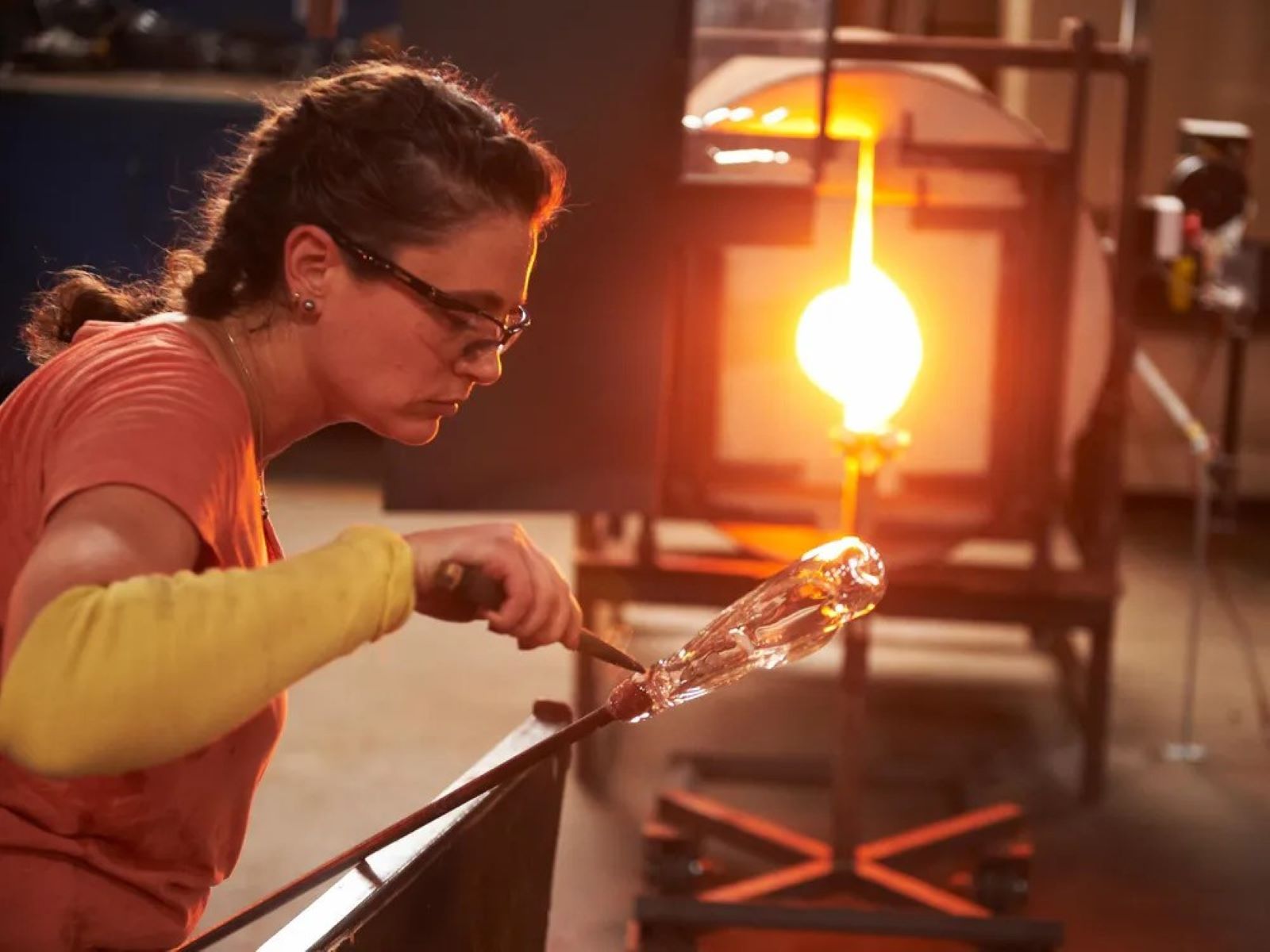

Interior Design Trends
Who Invented Glass Blowing
Modified: February 8, 2024
Discover the history of glass blowing and its impact on interior design trends. Learn about the origins and evolution of this ancient art form.
(Many of the links in this article redirect to a specific reviewed product. Your purchase of these products through affiliate links helps to generate commission for Storables.com, at no extra cost. Learn more)
Introduction
Glass blowing is an ancient art form that has captivated and inspired people for centuries. The delicate beauty and intricate designs created through this technique have adorned homes, temples, and palaces around the world. The history of glass blowing is a fascinating journey that spans thousands of years and encompasses a rich tapestry of cultural influences and technological advancements.
The art of glass blowing has left an indelible mark on human history, shaping the way we perceive and interact with the world around us. From the humble beginnings of crafting simple vessels to the intricate and ornate glass sculptures of today, the evolution of glass blowing is a testament to human creativity and ingenuity.
As we delve into the origins and development of glass blowing, we will uncover the remarkable stories of the artisans and innovators who pioneered this craft. From the ancient civilizations of Mesopotamia and Egypt to the bustling workshops of medieval Europe, the art of glass blowing has transcended time and geography, leaving an enduring legacy that continues to inspire and enthrall.
Join us on a journey through the annals of history as we explore the early origins, invention, and global spread of glass blowing. Through this exploration, we will gain a deeper appreciation for the artistry and skill involved in shaping molten glass into exquisite works of art. Let us embark on this captivating odyssey through the world of glass blowing, where tradition, innovation, and creativity converge to create timeless masterpieces.
Key Takeaways:
- Glass blowing was invented in the ancient world, revolutionizing the way glass objects were created and leaving an enduring legacy of creativity and innovation.
- The art of glass blowing spread across diverse cultures, shaping a rich tapestry of styles and traditions, and continues to captivate and inspire with its timeless beauty and intricate craftsmanship.
Read more: Who Invented Bulletproof Glass
Early History of Glass Blowing
The early history of glass blowing is shrouded in the mists of time, with its origins dating back to the ancient civilizations of Mesopotamia and Egypt. The exact moment of its inception remains a mystery, but archaeological evidence suggests that glass blowing emerged around the 1st century BCE, revolutionizing the way glass objects were created.
Prior to the invention of glass blowing, glass objects were primarily crafted by casting, cutting, and grinding, resulting in labor-intensive and time-consuming processes. However, the advent of glass blowing introduced a groundbreaking method that allowed artisans to shape molten glass into a myriad of forms with unprecedented speed and precision.
The development of glass blowing techniques enabled the production of a diverse range of glassware, including vessels, containers, and decorative items. This newfound versatility sparked a revolution in the glass industry, leading to the widespread adoption of glass blowing across the ancient world.
The early practitioners of glass blowing were skilled artisans who honed their craft through years of apprenticeship and experimentation. Their mastery of the delicate art of manipulating molten glass gave rise to a flourishing industry, with glassblowing workshops springing up in major urban centers throughout the Mediterranean region.
The techniques and designs of early glass blowing were heavily influenced by the cultural exchange and trade routes that connected distant civilizations. As a result, the art form evolved and diversified, incorporating elements of Roman, Hellenistic, and Phoenician aesthetics into its repertoire.
The ingenuity of ancient glass blowers is evident in the exquisite glassware unearthed from archaeological sites, showcasing a remarkable array of shapes, colors, and decorative motifs. These artifacts serve as a testament to the skill and artistry of the early glass blowing pioneers, whose innovations continue to inspire contemporary glass artists and designers.
The early history of glass blowing laid the foundation for a tradition that would endure for millennia, shaping the evolution of glassmaking and leaving an indelible mark on human culture. As we journey through the annals of time, we gain a deeper appreciation for the ingenuity and creativity of the ancient artisans who pioneered the art of glass blowing, setting the stage for its enduring legacy.
This section provides a glimpse into the formative years of glass blowing, offering a window into the ancient world where molten glass was transformed into objects of beauty and utility, laying the groundwork for the remarkable advancements that would follow.
The Invention of Glass Blowing
The invention of glass blowing marked a pivotal moment in the history of glassmaking, revolutionizing the way glass objects were created and forever altering the trajectory of the craft. While the exact origins of glass blowing remain shrouded in antiquity, it is widely believed to have emerged in the Syro-Palestinian region around the 1st century BCE.
The breakthrough innovation of glass blowing is attributed to the skilled artisans and craftsmen of the ancient world, who sought to streamline the production of glassware and expand the creative possibilities of working with molten glass. By introducing the technique of inflating molten glass through a blowpipe, these visionary artisans unlocked a new realm of artistic expression and technical precision.
The invention of glass blowing represented a paradigm shift in the glass industry, enabling artisans to fashion intricate and symmetrical forms with unprecedented ease and efficiency. This transformative method allowed for the creation of a diverse array of glass objects, ranging from delicate vessels and ornate containers to elaborate figurines and decorative ornaments.
The mastery of glass blowing techniques empowered artisans to manipulate molten glass with remarkable dexterity, shaping it into an endless variety of shapes and designs. The ability to blow and mold glass with precision and control elevated the art form to new heights, paving the way for the production of exquisite glassware that captivated the imagination and garnered widespread acclaim.
The innovative spirit of the early glass blowers laid the groundwork for a tradition that would endure for centuries, influencing the development of glassmaking techniques and inspiring generations of artisans to push the boundaries of creativity. The invention of glass blowing stands as a testament to human ingenuity and the relentless pursuit of artistic innovation, leaving an indelible imprint on the cultural landscape of the ancient world and beyond.
As we reflect on the invention of glass blowing, we are reminded of the transformative power of human creativity and the enduring legacy of those who dared to defy convention and explore new frontiers of artistic expression. The pioneering spirit of the early glass blowers continues to resonate through the ages, serving as a source of inspiration for contemporary glass artists and enthusiasts alike.
The invention of glass blowing is credited to the ancient Phoenicians around the 1st century BCE. This technique revolutionized the production of glass objects and allowed for the creation of intricate and delicate designs.
Spread and Development of Glass Blowing
The invention of glass blowing sparked a transformative wave that rippled across the ancient world, propelling the art form to new heights of innovation and creativity. As the techniques and principles of glass blowing spread far and wide, they intersected with diverse cultures and civilizations, giving rise to a rich tapestry of styles and traditions.
The expansion of glass blowing can be traced along the ancient trade routes that crisscrossed the Mediterranean, facilitating the exchange of knowledge and expertise among different societies. The port cities of the Roman Empire, in particular, served as vibrant hubs of glass production and dissemination, where skilled artisans from varied backgrounds converged to share their insights and techniques.
The proliferation of glass blowing workshops and ateliers in major urban centers such as Rome, Alexandria, and Antioch fueled the rapid advancement of the craft. Artisans honed their skills and experimented with new methods, leading to the refinement of glass blowing techniques and the development of innovative forms and designs.
The influence of glass blowing extended beyond the borders of the Mediterranean, reaching distant lands such as Persia, India, and China. Each region infused its unique cultural sensibilities and artistic traditions into the practice of glass blowing, resulting in a rich tapestry of styles and aesthetics.
In Persia, the art of glass blowing flourished under the patronage of the Sassanian Empire, where artisans crafted exquisite glassware adorned with intricate patterns and motifs. The fusion of Persian artistic influences with the technical prowess of glass blowing yielded a distinctive aesthetic that captivated admirers far and wide.
In India, the tradition of glass blowing took on a character of its own, with artisans incorporating vibrant colors and elaborate embellishments into their creations. The intricate glasswork produced in ancient India reflected the cultural vibrancy and artistic sophistication of the region, showcasing a remarkable fusion of craftsmanship and creativity.
Meanwhile, in China, the art of glass blowing underwent a fascinating evolution, blending traditional Chinese craftsmanship with innovative glassmaking techniques. The production of glassware in ancient China bore the hallmarks of meticulous craftsmanship and intricate detailing, embodying the timeless elegance and refinement for which Chinese art is renowned.
The spread and development of glass blowing transcended geographical boundaries, leaving an indelible imprint on the artistic heritage of diverse civilizations. The fusion of cultural influences and technical expertise propelled the evolution of glass blowing, shaping its trajectory and ensuring its enduring legacy as a cherished art form.
The global dissemination of glass blowing techniques and the cross-cultural exchange of artistic ideas laid the groundwork for the rich and varied traditions of glassmaking that continue to thrive to this day. The enduring impact of this ancient craft serves as a testament to the power of human creativity and the universal allure of exquisite glass artistry.
Conclusion
The journey through the annals of history has unveiled the captivating saga of glass blowing, a timeless art form that has left an indelible mark on human culture. From its enigmatic origins in the ancient world to its global spread and evolution, the story of glass blowing is a testament to the enduring legacy of human creativity and ingenuity.
The early history of glass blowing reveals the remarkable achievements of ancient artisans who pioneered the craft, shaping molten glass into exquisite vessels, ornaments, and decorative objects. The invention of glass blowing marked a watershed moment, revolutionizing the production of glassware and unlocking new realms of artistic expression. As the techniques of glass blowing spread and intersected with diverse cultures, they gave rise to a rich tapestry of styles and traditions, each infused with the unique cultural sensibilities of its creators.
The global dissemination of glass blowing techniques and the cross-cultural exchange of artistic ideas laid the groundwork for the rich and varied traditions of glassmaking that continue to thrive to this day. The enduring impact of this ancient craft serves as a testament to the power of human creativity and the universal allure of exquisite glass artistry.
As we reflect on the remarkable journey of glass blowing, we gain a deeper appreciation for the artistry, skill, and innovation that have shaped its evolution. The legacy of glass blowing endures as a testament to the enduring power of human creativity and the universal appeal of exquisite craftsmanship. From the ancient workshops of Mesopotamia to the bustling ateliers of medieval Europe, the art of glass blowing has transcended time and geography, leaving an indelible legacy that continues to inspire and enthrall.
In conclusion, the art of glass blowing stands as a testament to the transformative power of human ingenuity and the enduring allure of artistic expression. Its timeless beauty and intricate craftsmanship continue to captivate and inspire, reminding us of the remarkable achievements of those who dared to shape molten glass into works of enduring beauty. The legacy of glass blowing lives on, a testament to the enduring legacy of human creativity and the universal appeal of exquisite craftsmanship.
Frequently Asked Questions about Who Invented Glass Blowing
Was this page helpful?
At Storables.com, we guarantee accurate and reliable information. Our content, validated by Expert Board Contributors, is crafted following stringent Editorial Policies. We're committed to providing you with well-researched, expert-backed insights for all your informational needs.


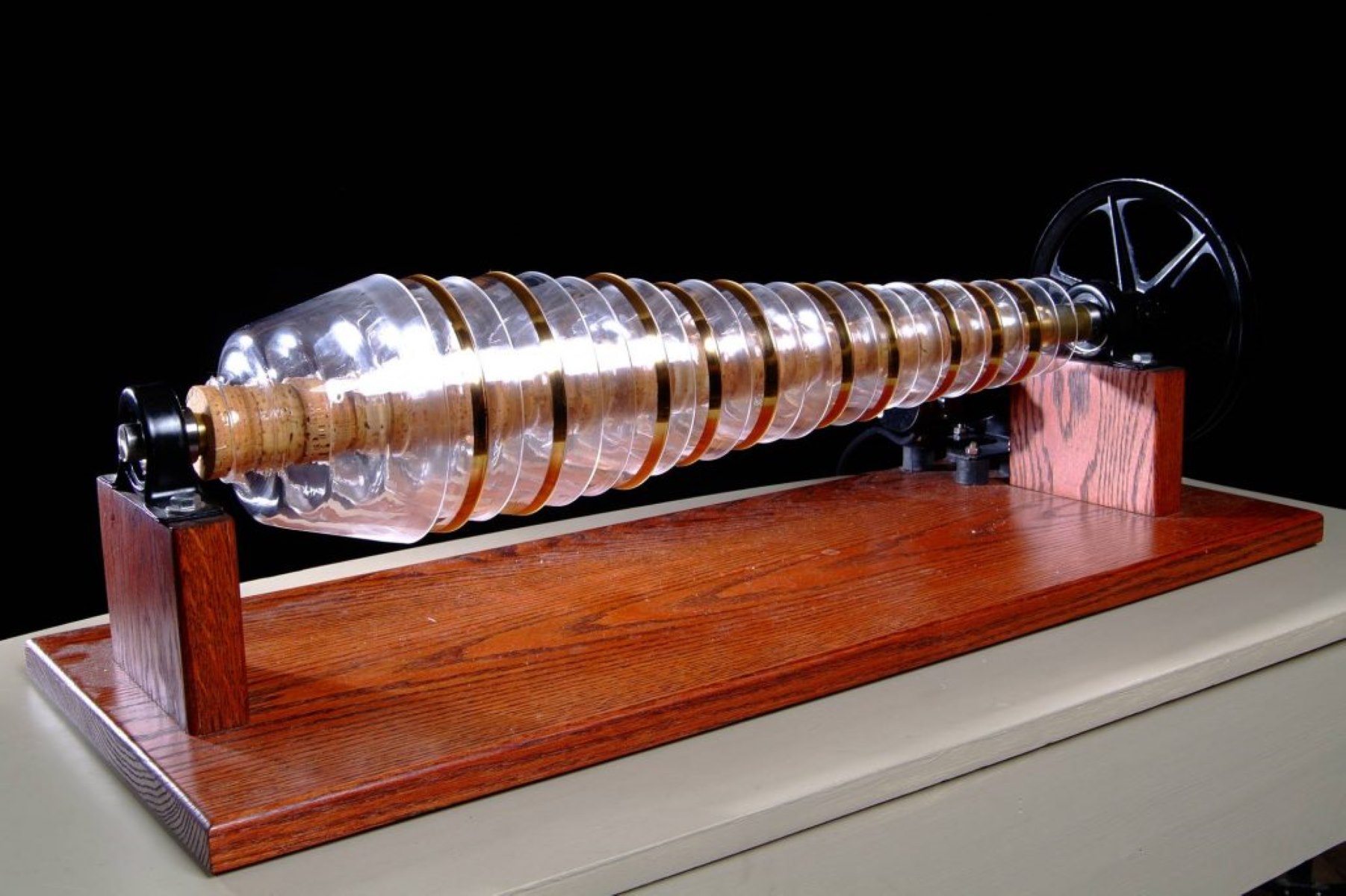


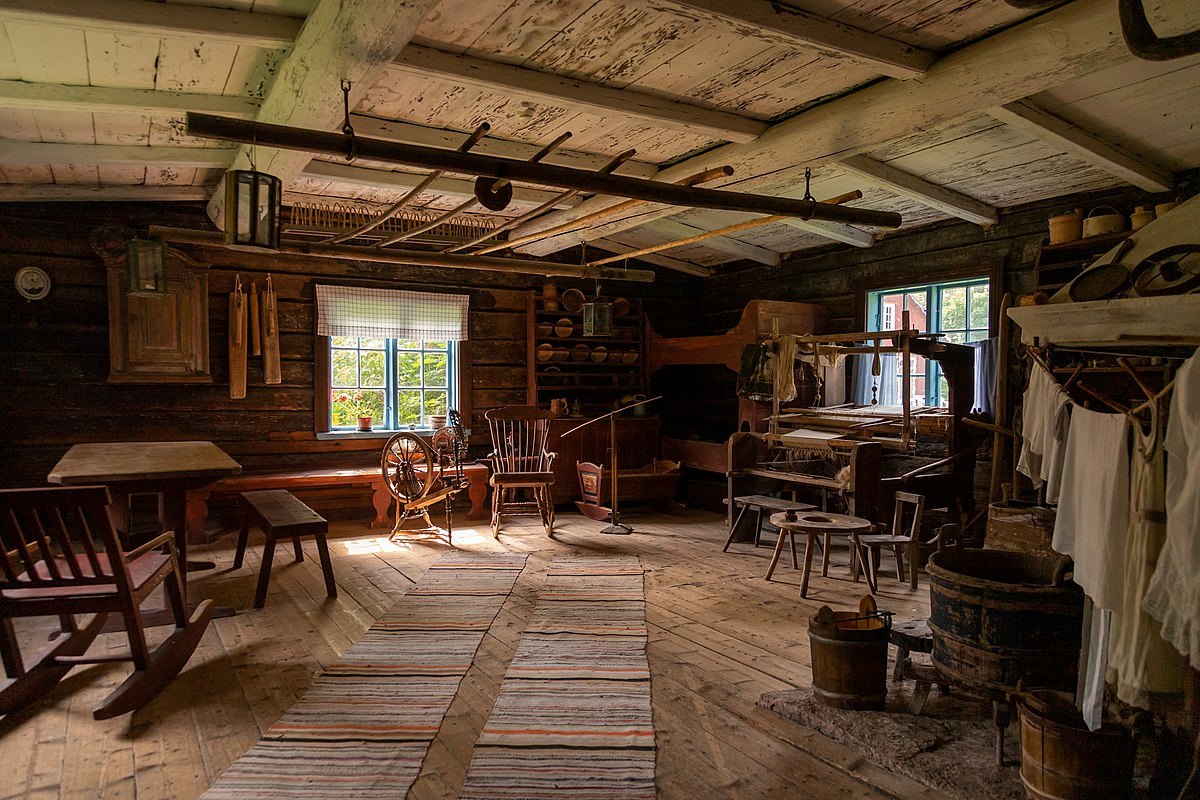
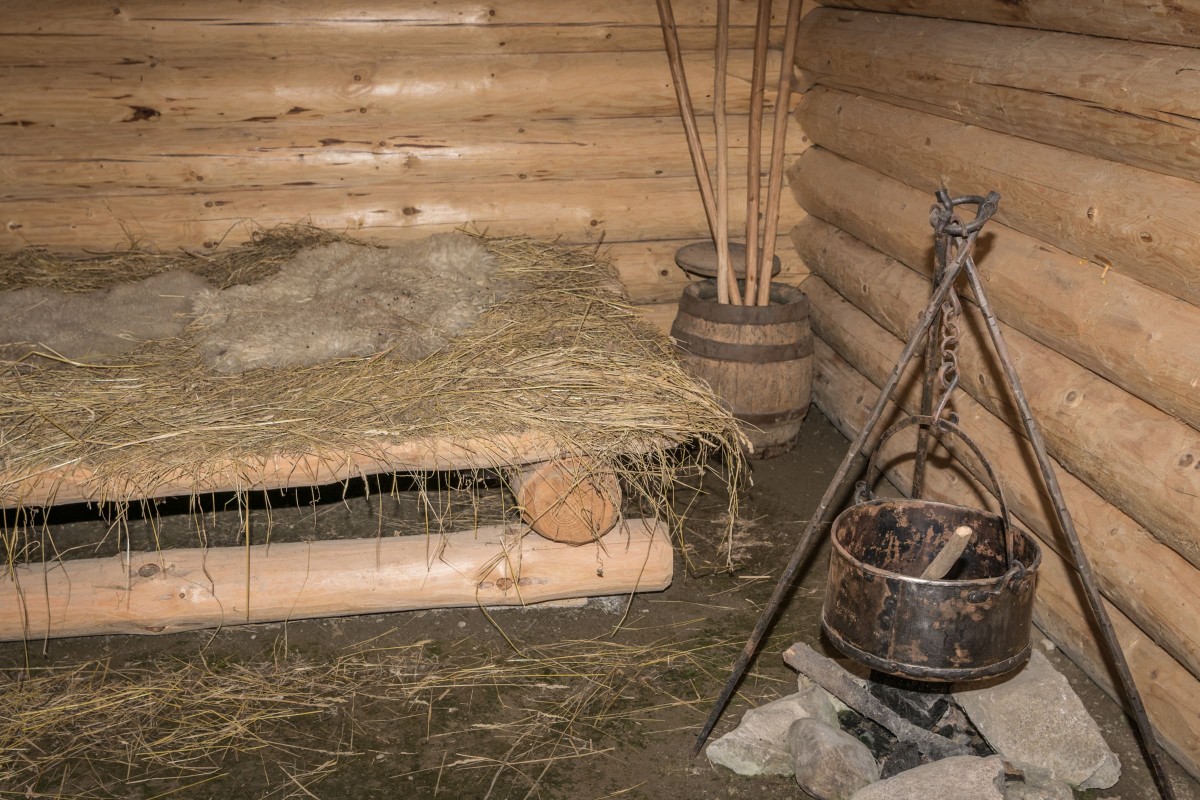
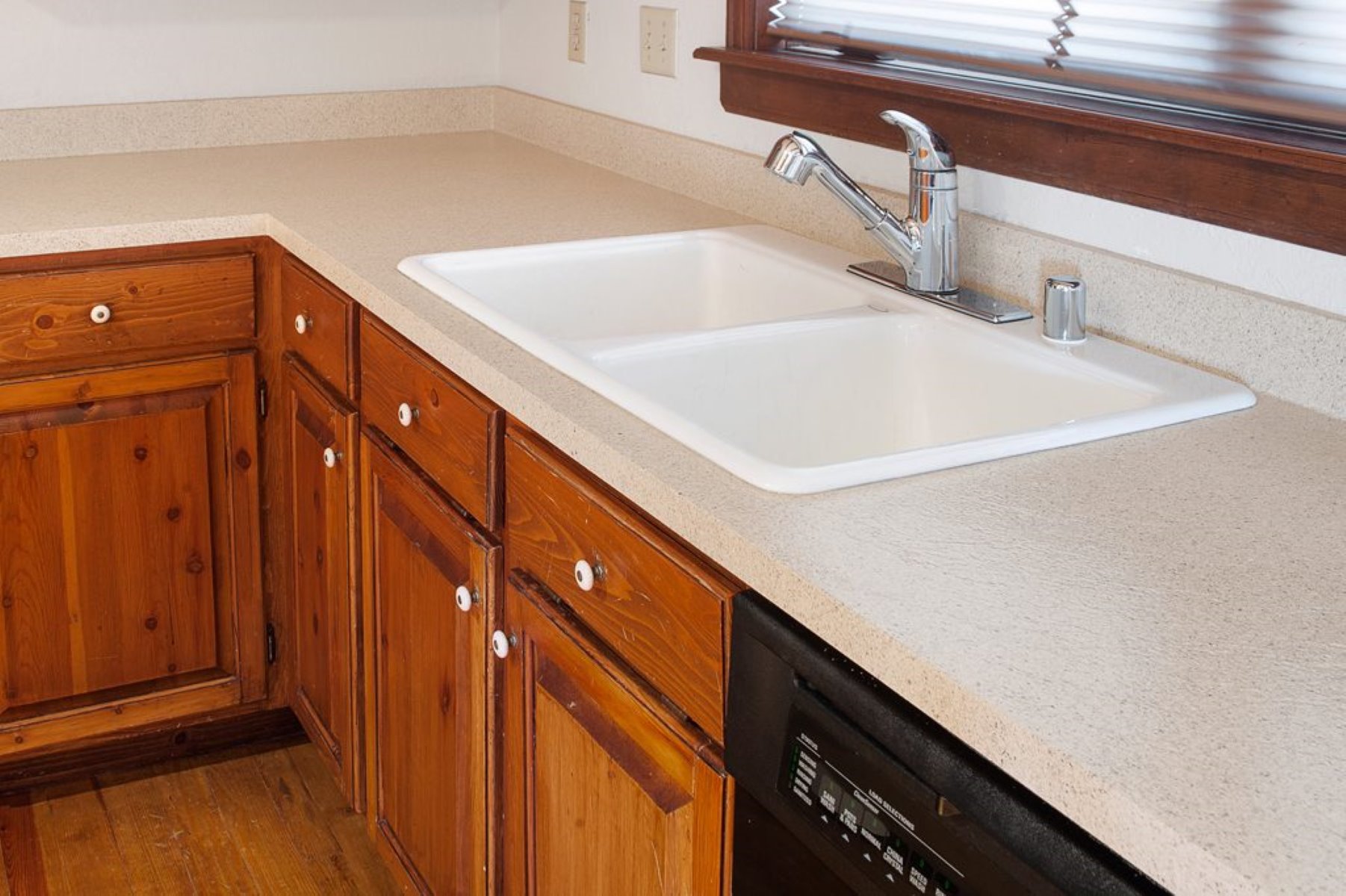
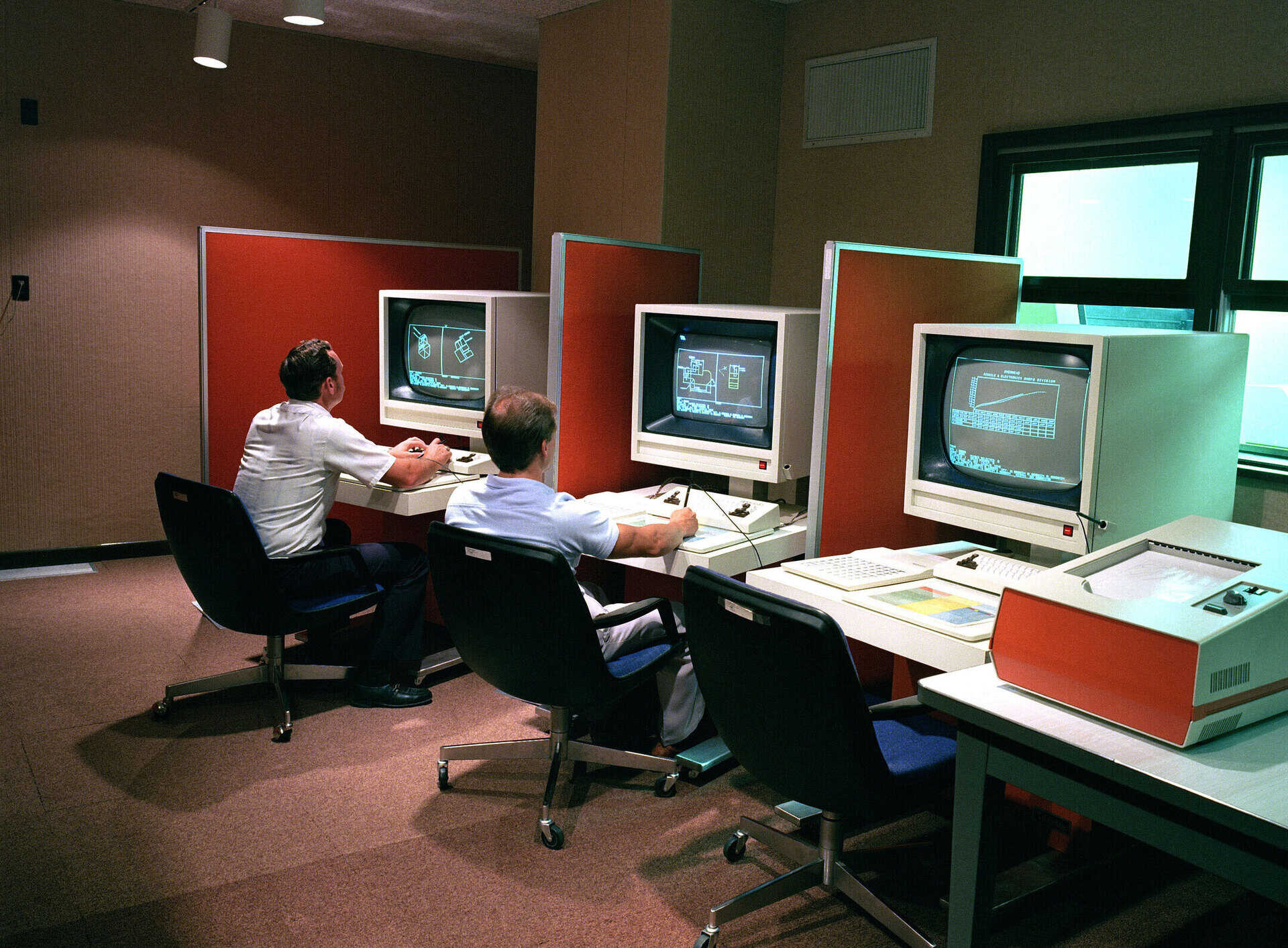

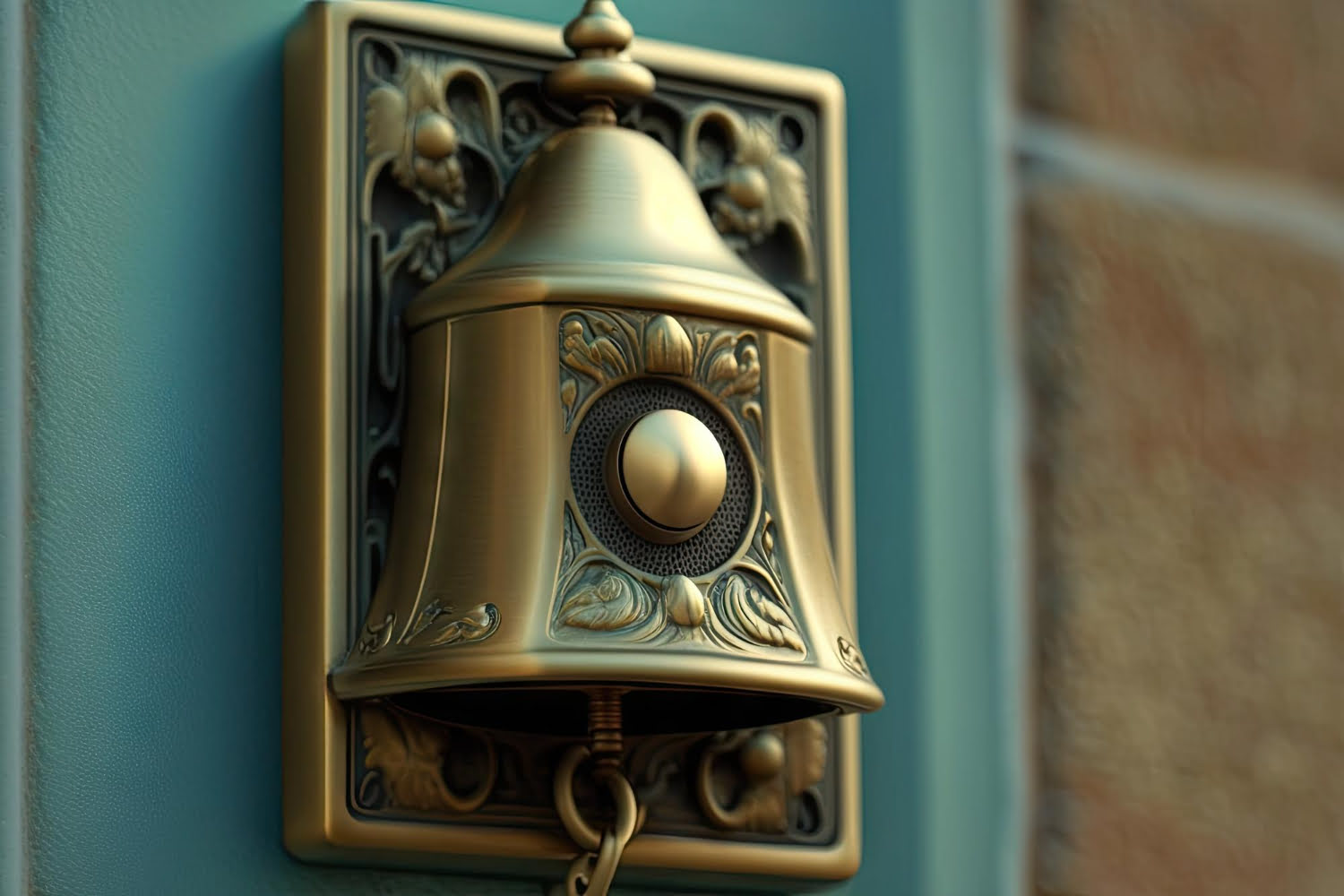
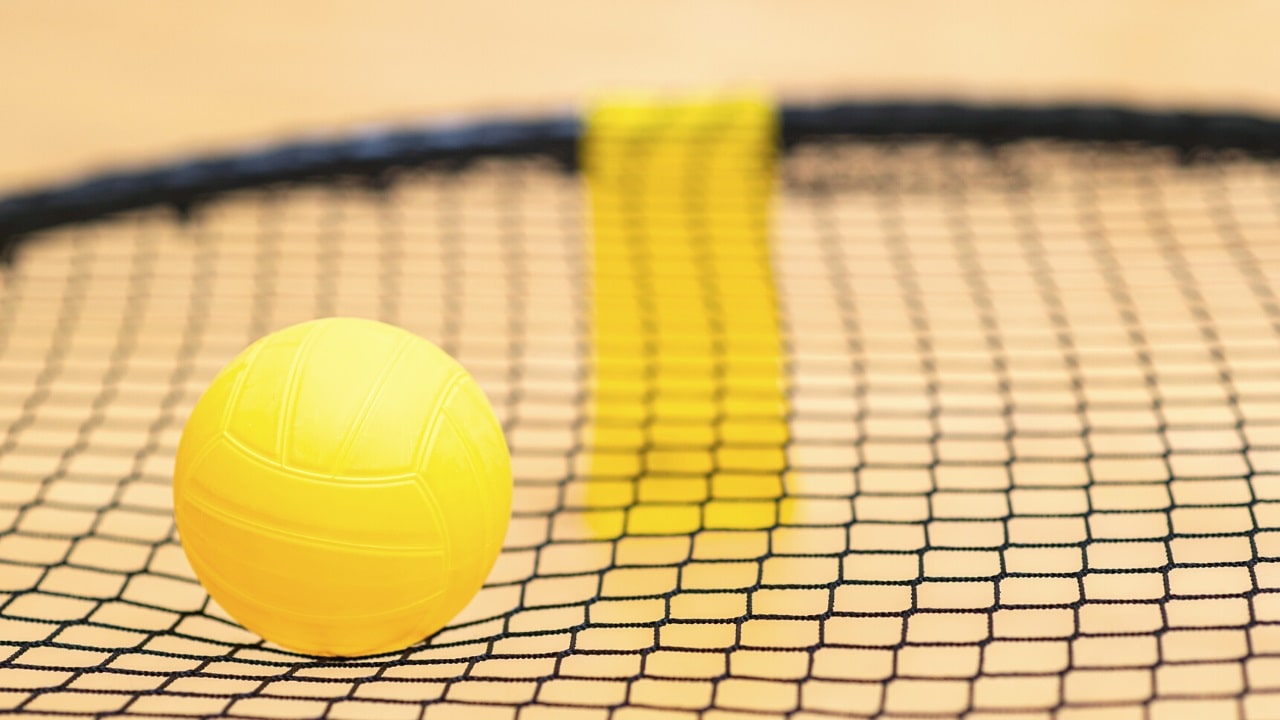
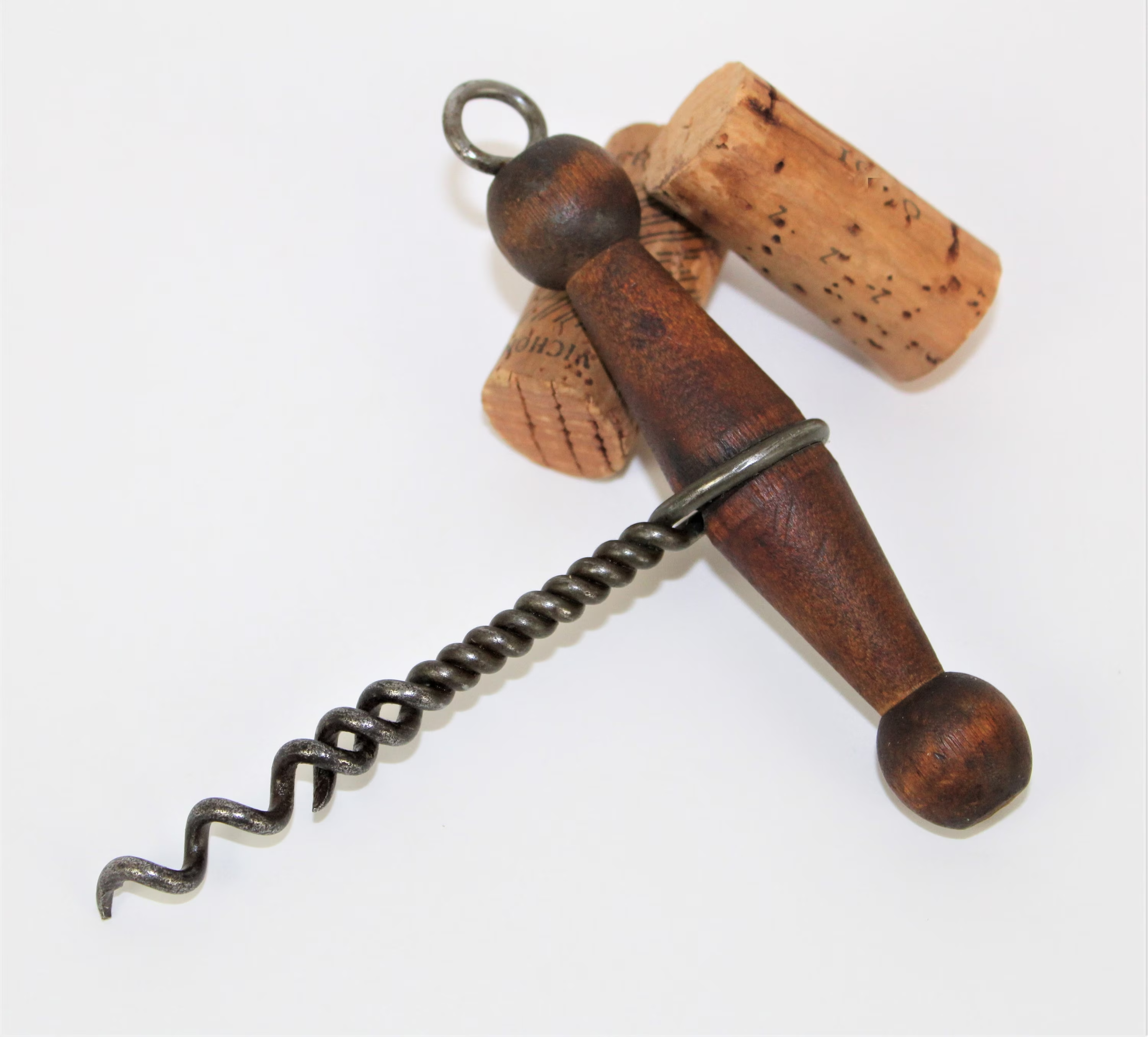
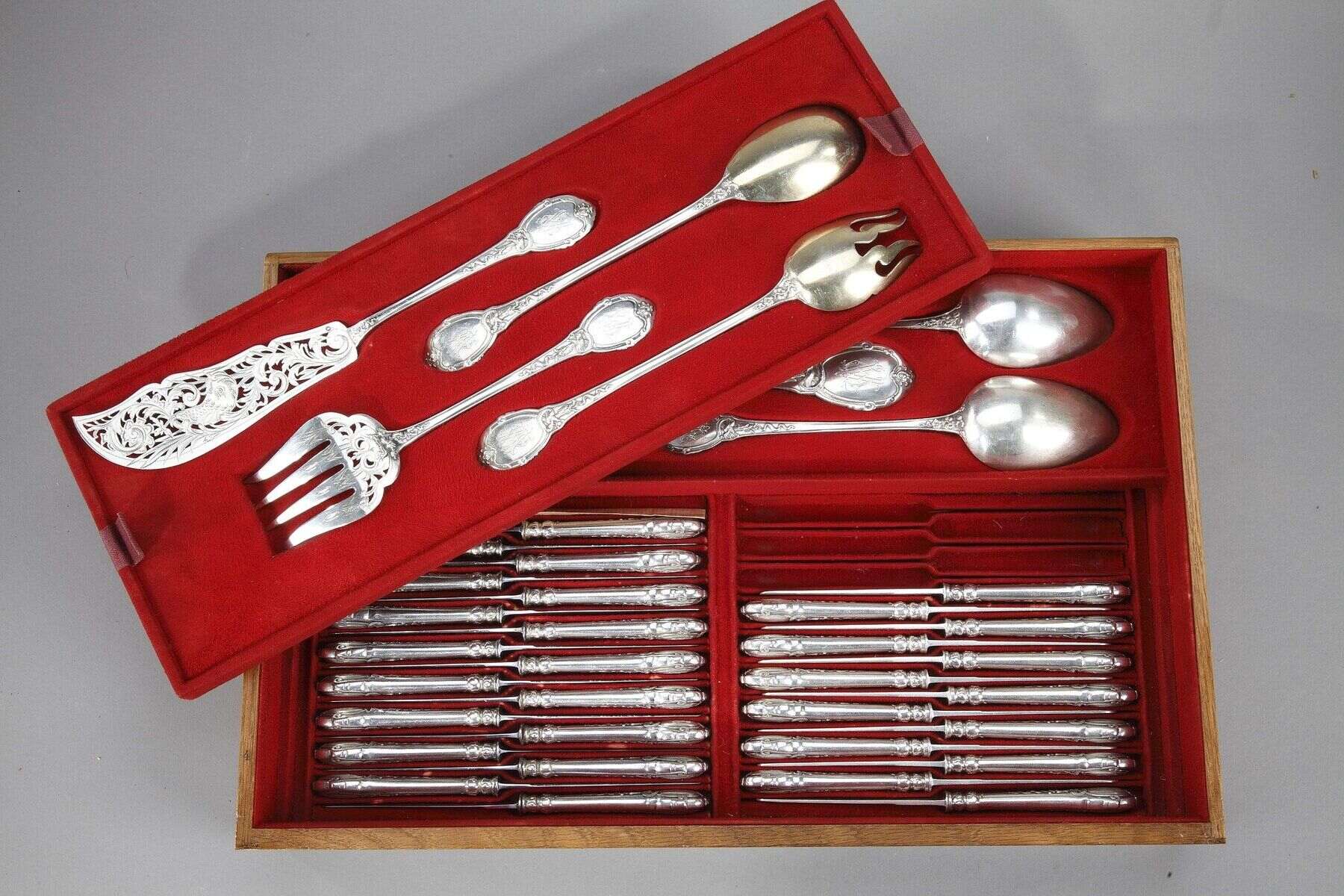
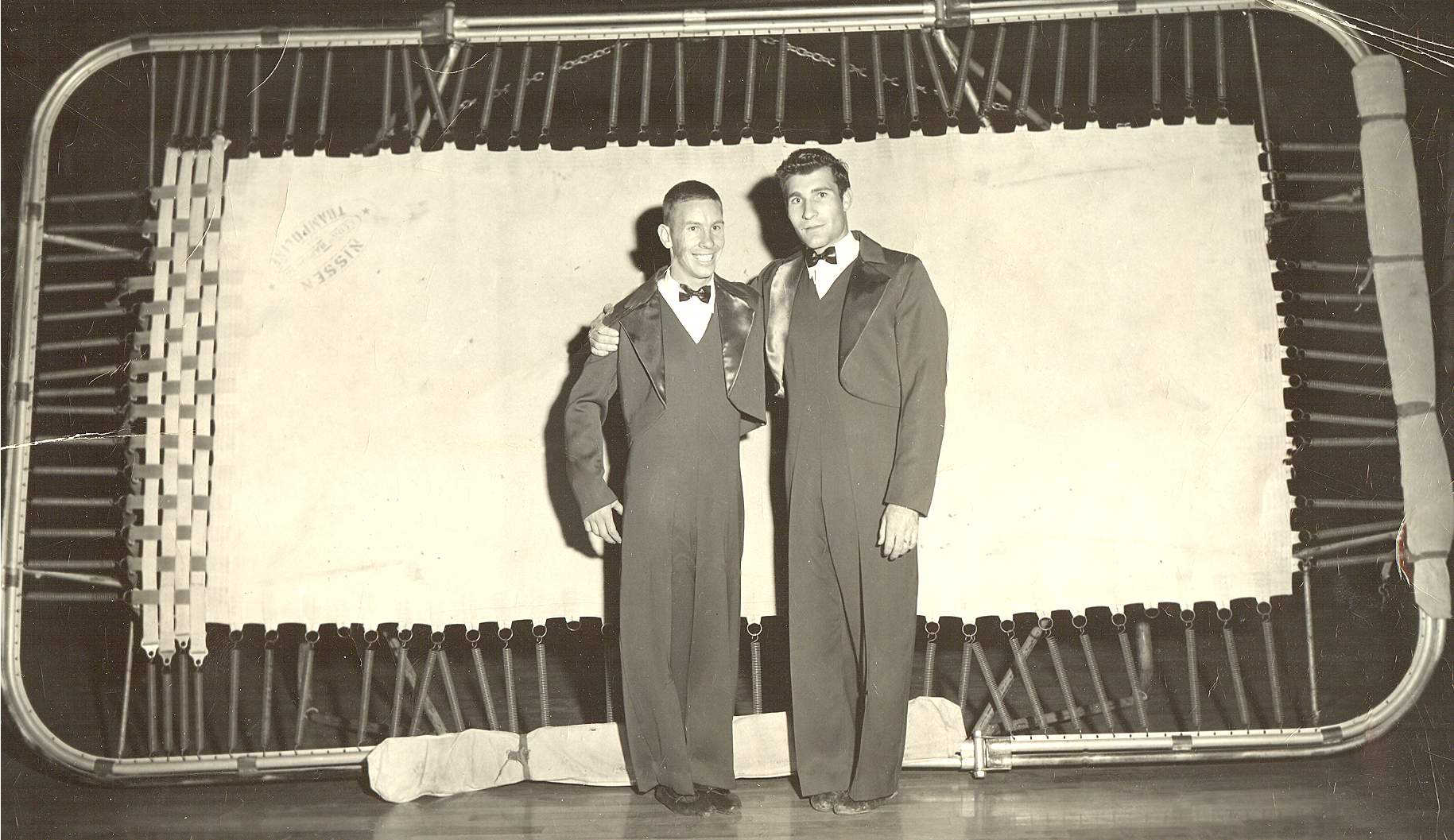

0 thoughts on “Who Invented Glass Blowing”